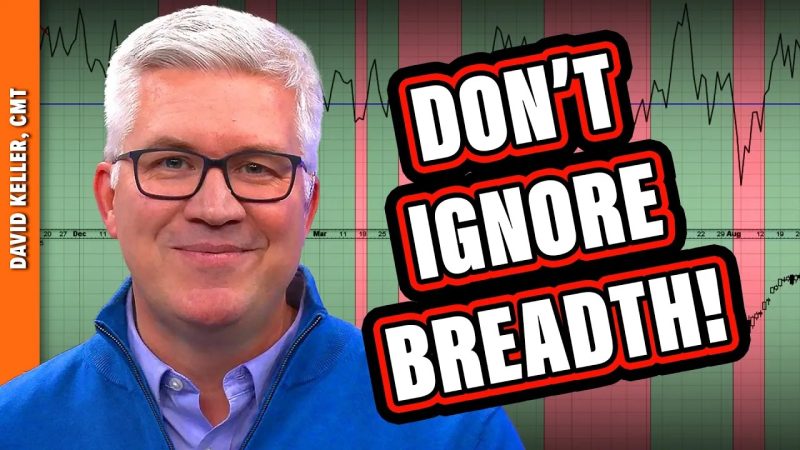Investors often seek various indicators to gauge the health and direction of the stock market. Among these indicators, breadth indicators play a vital role in providing valuable insights into the market’s overall strength and breadth. In this article, we will explore the top 5 breadth indicators that are essential for any investor looking to make informed decisions in the stock market.
1. Advance-Decline Line (A/D Line)
The Advance-Decline Line (A/D Line) is a popular breadth indicator that tracks the difference between the number of advancing stocks and declining stocks in a given market index. By analyzing the A/D Line, investors can assess the overall market sentiment and identify potential shifts in market trends. A rising A/D Line typically indicates broad market strength, while a declining A/D Line may signal weakening market breadth.
2. New Highs-New Lows Index
The New Highs-New Lows Index compares the number of stocks reaching new highs to those hitting new lows within a specified period. This indicator helps investors gauge market momentum and identify divergences between stock price movements. A high number of new highs relative to new lows suggests a healthy market environment, while a high number of new lows may signal underlying weakness in the market.
3. McClellan Oscillator
The McClellan Oscillator is a breadth indicator that measures the difference between advancing and declining issues on a market index. This oscillator helps investors identify overbought or oversold conditions in the market, providing valuable insights into potential market reversals. A rising McClellan Oscillator indicates bullish momentum, while a falling oscillator may signal potential market weakness.
4. Percentage of Stocks Above Moving Averages
The Percentage of Stocks Above Moving Averages indicator tracks the percentage of stocks within a market index that are trading above their respective moving averages. This breadth indicator helps investors assess the overall market trend and identify potential trend reversals. A high percentage of stocks trading above their moving averages suggests a strong bullish trend, while a low percentage may indicate a weakening market.
5. Arms Index (TRIN)
The Arms Index, also known as the TRIN (Short-Term TRading INdex), is a breadth indicator that measures the ratio of advancing and declining stocks to advancing and declining volume. This indicator helps investors gauge the intensity of market participation and identify potential market turning points. A high Arms Index reading suggests bearish sentiment, while a low reading may indicate bullish market conditions.
In conclusion, breadth indicators are essential tools for investors to assess market breadth, strength, and direction. By incorporating these top 5 breadth indicators into their analysis, investors can make more informed decisions and navigate the stock market with greater confidence. Understanding and utilizing these indicators effectively can help investors stay ahead of market trends and capitalize on profitable opportunities.

